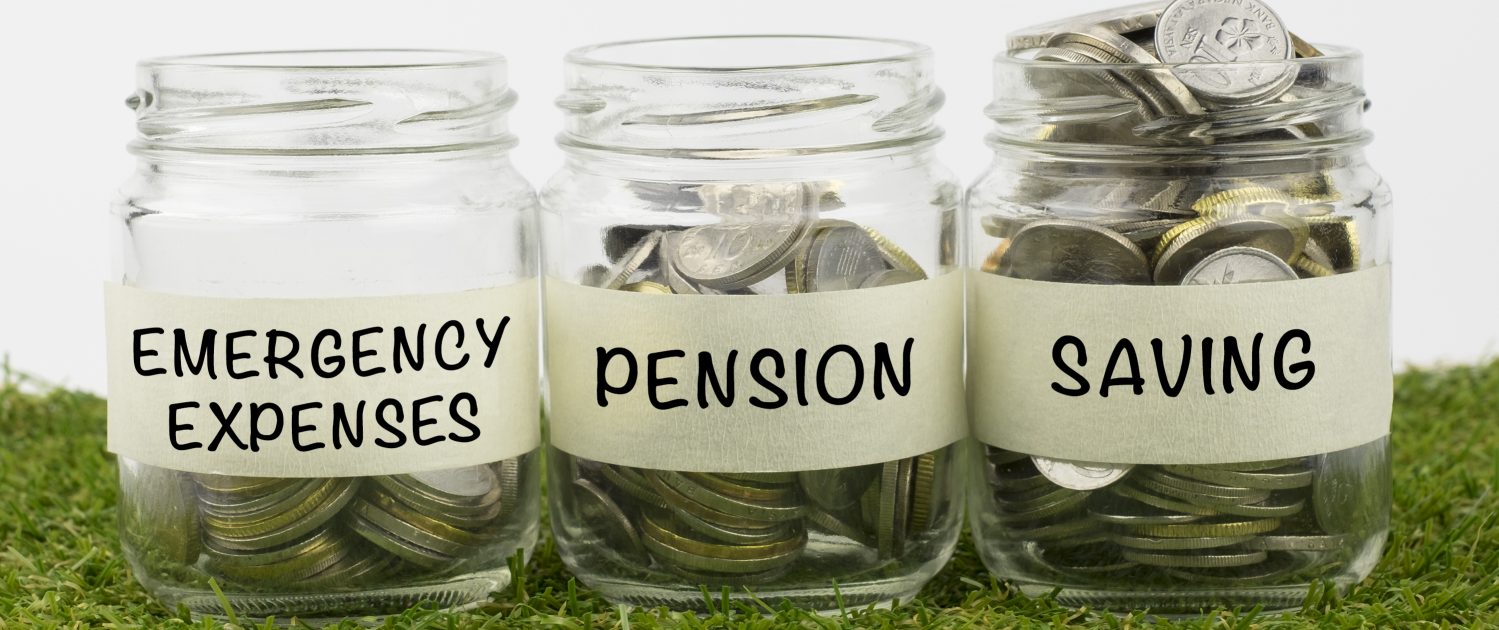In the world of personal finance, it can be easy to get caught up in your spending habits and lose sight of where all your money is going. Which is why zero-based budgeting is such an effective tool: it forces you to really analyze the way you spend money, so that you can make sure each dollar goes towards something meaningful.
What is Zero-based Budgeting?
Zero-based budgeting is a process of budgeting from scratch. It forces you to look at your finances from a different perspective, which helps you make better decisions.
It’s easy to get caught up in the day-to-day expenses of life and forget about what’s really important: whether or not we’re spending our money wisely. When you use zero-based budgeting, though, it allows for a more thorough analysis of what each dollar is being spent on and where it should go next–or if it even needs to go anywhere at all!
Why use a zero-based budget?
Zero-based budgeting is a method of budgeting that allows you to see the big picture of your finances, so that you can make informed decisions about how much money needs to be spent on certain things. Zero-based budgeting helps people understand where they are spending their hard-earned cash and how they can cut back on those expenses. It also helps them see what they really spend money on and how much money they have left over at the end of the month.
How To Set Up A Zero-Based Budget Plan
You can create a spreadsheet with all your income and expenses. Include all fixed expenses, as well as variable expenses such as food and entertainment. Make sure to include taxes, insurance, retirement savings, childcare costs or anything else that you pay each month.
To determine what your monthly income should be:
- Add up all the money coming into your household per month (income). This includes any cash flow from side hustles or other sources of revenue–even if they’re irregular! For example: If you do freelance work on weekends but only earn $100 each weekend when clients need help with their websites; then add that up over the course of one year and divide by 12 months (the number of months in a year). The result would be $833 per month in freelance business income–which could then be added into our zero-based budget plan later on this list below..
Practical Ways To Implement Your Zero-Based Budget Plan
- Make a list of the top five things you can do to implement your budget plan.
- For example, if one of your goals is to reduce spending, then look at what areas of your life have room for cuts and start there. It might be something as simple as not buying coffee every morning or cutting back on takeout food for dinner (or both!).
- If you’re working toward paying off debt, find ways to increase your income so that it will cover those payments — this could include finding new clients or negotiating with creditors who are willing to lower interest rates on balances that remain unpaid after 30 days in good standing with them.
Here’s how to bring your finances into focus.
Zero-based budgeting is a way of looking at your finances from scratch. It helps you understand what you can afford to spend on different things, so that when the time comes for buying something new, there won’t be any surprises or unexpected costs.
It also allows you to set goals for your money–whether that means saving up for a vacation or building up an emergency fund–and helps keep those goals in mind when making purchases.
With zero-based budgeting, you can finally get a clear picture of your finances. It will help you identify areas of waste and make smarter choices about spending. You’ll also be able to see where your money goes by tracking expenses and income over time (or even just one month).





